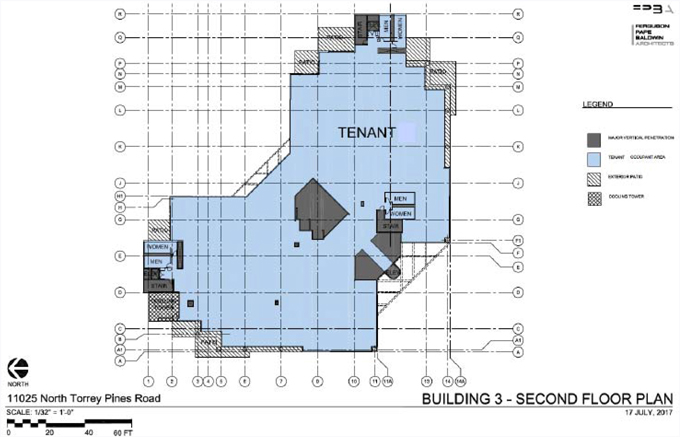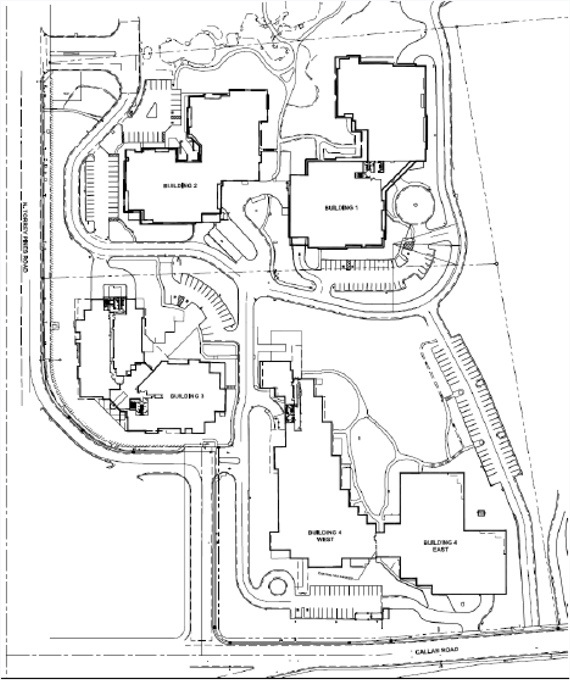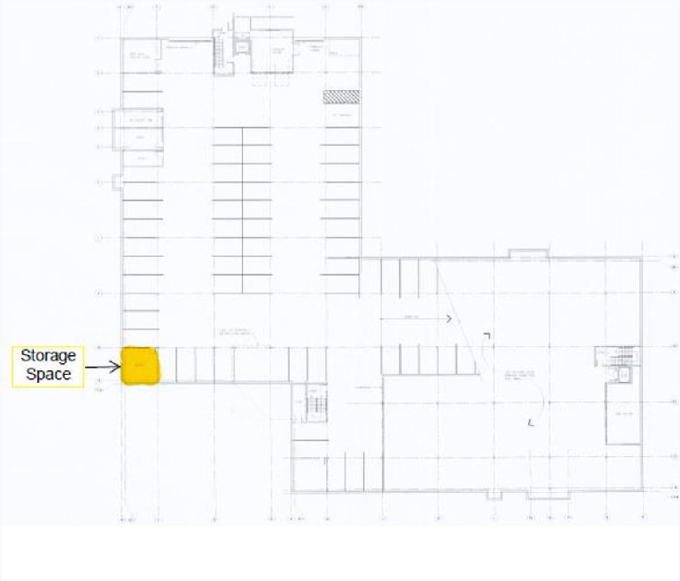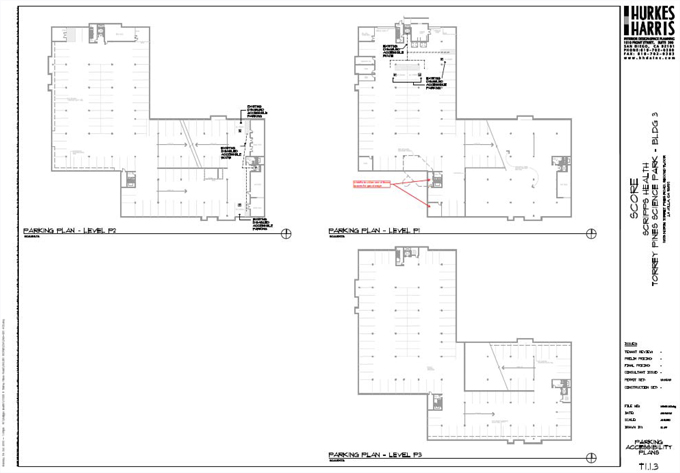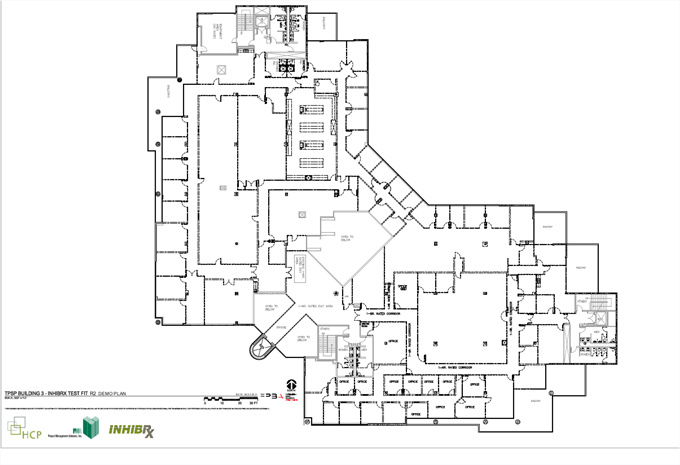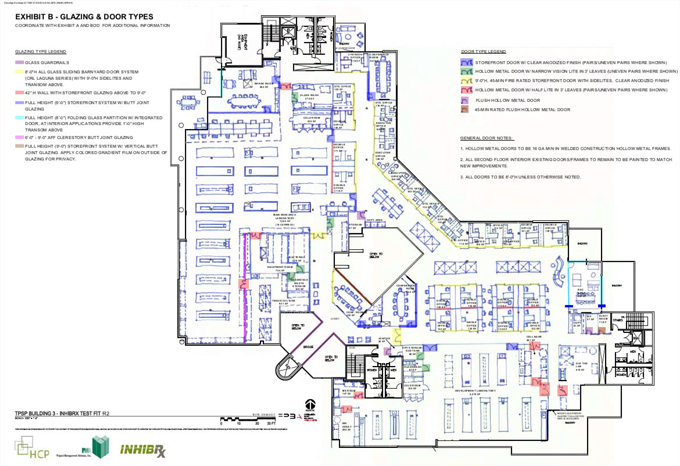first notifying Landlord of Tenant’s intention to do so and affording Landlord the opportunity to join and participate, as a party if Landlord so elects, in such proceedings and in no event shall Tenant enter into any agreements which are binding on Landlord or the Premises without Landlord’s prior written consent. Landlord shall have the right to appear at and participate in, any and all legal or other administrative proceedings concerning any Hazardous Materials Claim. For purposes of this Lease, “Environmental Laws” means all applicable present and future laws relating to the protection of human health, safety, wildlife or the environment, including, without limitation, (i) all requirements pertaining to reporting, licensing, permitting, investigation and/or remediation of emissions, discharges, Releases, or threatened Releases of Hazardous Materials, whether solid, liquid, or gaseous in nature, into the air, surface water, groundwater, or land, or relating to the manufacture, processing, distribution, use, treatment, storage, disposal, transport, or handling of Hazardous Materials; and (ii) all requirements pertaining to the health and safety of employees or the public. Environmental Laws include, but are not limited to, the Comprehensive Environmental Response, Compensation and Liability Act of 1980, 42 USC § 9601, et seq., the Hazardous Materials Transportation Authorization Act of 1994, 49 USC § 5101, et seq., the Solid Waste Disposal Act, as amended by the Resource Conservation and Recovery Act of 1976, and Hazardous and Solid Waste Amendments of 1984, 42 USC § 6901, et seq., the Federal Water Pollution Control Act, as amended by the Clean Water Act of 1977, 33 USC § 1251, et seq., the Clean Air Act of 1966, 42 USC § 7401, et seq., the Toxic Substances Control Act of 1976, 15 USC § 2601, et seq., the Safe Drinking Water Act of 1974, 42 USC §§ 300f through 300j, the Occupational Safety and Health Act of 1970, as amended, 29 USC § 651 et seq., the Oil Pollution Act of 1990, 33 USC § 2701 et seq., the Emergency Planning and CommunityRight-To-Know Act of 1986, 42 USC § 11001 et seq., the National Environmental Policy Act of 1969, 42 USC § 4321 et seq., the Federal Insecticide, Fungicide and Rodenticide Act of 1947, 7 USC § 136 et seq., California Carpenter-Presley-Tanner Hazardous Substance Account Act, California Health & Safety Code §§ 25300 et seq., Hazardous Materials Release Response Plans and Inventory Act, California Health & Safety Code, §§ 25500 et seq., Underground Storage of Hazardous Substances provisions, California Health & Safety Code, §§ 25280 et seq., California Hazardous Waste Control Law, California Health & Safety Code, §§ 25100 et seq., and any other state or local law counterparts, as amended, as such applicable laws, are in effect as of the Lease Commencement Date, or thereafter adopted, published, or promulgated.
5.3.1.3Releases of Hazardous Materials. If any Release of any Hazardous Material in or from the Premises, or any Release of any Hazardous Materials outside of the Premises caused by Tenant or Tenant’s Agents, shall occur at any time during the Lease and/or if any other Hazardous Material condition exists at the Premises that requires response actions of any kind, in addition to notifying Landlord as specified above, Tenant, at its own sole cost and expense, shall (i) immediately comply with any and all reporting requirements imposed pursuant to any and all Environmental Laws, (ii) provide a written certification to Landlord indicating that Tenant has complied with all applicable reporting requirements, (iii) take any and all necessary investigation, corrective and remedial action in accordance with any and all applicable Environmental Laws, utilizing an environmental consultant approved by Landlord, all in accordance with the provisions and requirements of thisSection 5.3, including, without limitation,Section 5.3.4, and (iv) take any such additional investigative, remedial and corrective actions as Landlord shall in its reasonable discretion deem necessary such that the Premises are remediated to the condition existing prior to such Release.
5.3.1.4Indemnification.
5.3.1.4.1In General. Without limiting in any way Tenant’s obligations under any other provision of this Lease, Tenant shall be solely responsible for and shall protect, defend, indemnify and hold the Landlord Parties harmless from and against any and all claims, judgments, losses, damages, costs, expenses, penalties, enforcement actions, taxes, fines, remedial actions, liabilities (including, without limitation, reasonable attorneys’ fees, litigation, arbitration and administrative proceeding costs, expert and consultant fees and laboratory costs) including, without limitation, consequential damages and sums paid in settlement of claims that arise during or after the Lease Term in whole or in part, foreseeable or unforeseeable, directly or indirectly arising out of or attributable to the presence, use, generation, manufacture, treatment, handling, refining, production, processing, storage, Release or presence of Hazardous Materials in, on, under or about the Premises by Tenant or Tenant’s Agents.
5.3.1.4.2Limitations. Notwithstanding anything inSection 5.3.1.4, above, to the contrary, Tenant’s indemnity of Landlord as set forth inSection 5.3.1.4, above, shall not be applicable to claims based upon Hazardous Materials which may (a) exist in, on or about the Premises as of the date of this Lease (“Existing Hazardous Materials”), except to the extent that Tenant’s construction activities and/or Tenant’s other acts or omissions (including Tenant’s failure to remove, remediate or otherwise treat or“Clean-up,” as that term is defined inSection 5.3.4, below, the subject Existing Hazardous Materials during the tenancy of the Premises) caused or exacerbated the subject claim, or (b) arise from Landlord’s negligence or willful misconduct with respect to the handling of Hazardous Materials at the Project.
16
